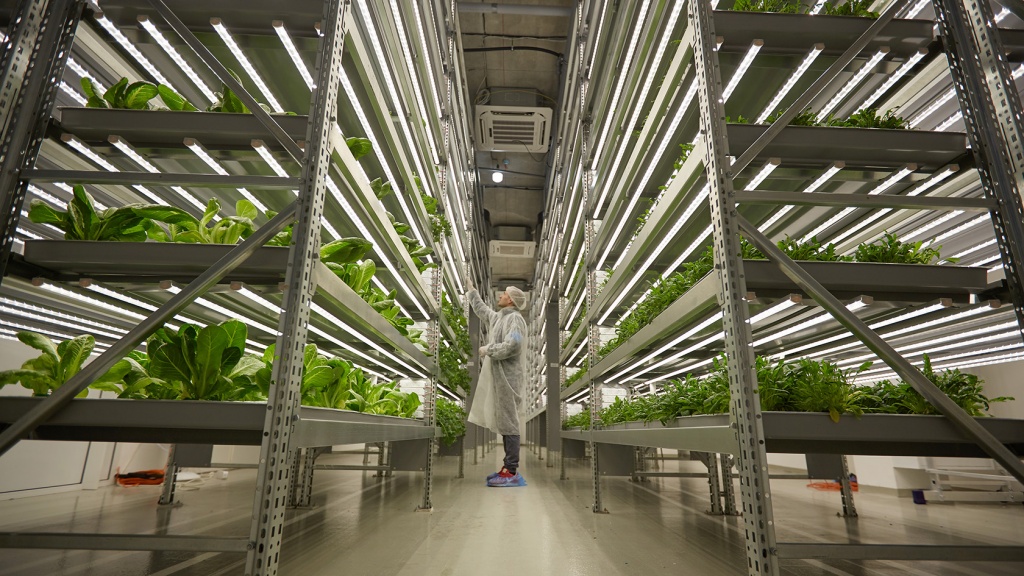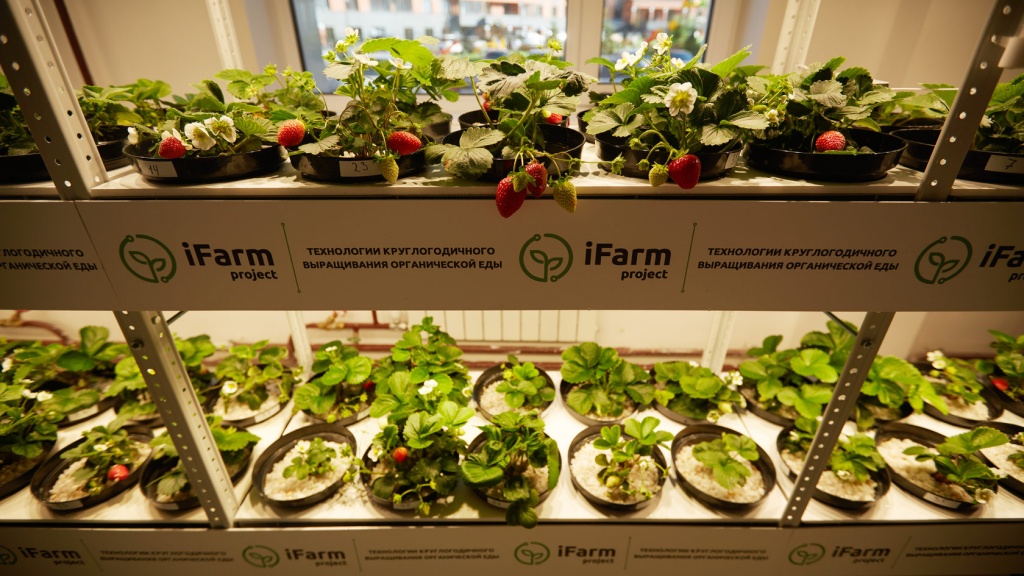Farms of the future: why do farmers need artificial intelligence?
09.03.2021 | Technologies
Artificial Intelligence (AI) was created to solve the pressing problems of humanity. As you know, one of the most pressing problems is the growing population of the earth and the threat of global hunger. Already today, agriculture is not coping well with the growing demand for food.
Many countries have started to implement AI in several areas: pest control, harvesting, efficient use of resources, prevention of epidemics, and much more. With this approach, you can significantly increase the productivity of your farm and reduce costs. According to experts, in 2025 the volume of the AI market in agriculture will increase to $ 2.6 billion.
Decision-making assistance
AI is able to read weather forecasts for the week, and sometimes even a month in advance, helping farmers plan the time for planting, watering and harvesting, reducing possible losses due to weather conditions by up to 86%.
Special sensors collect information about the state of crops, measure soil moisture, and then transmit it to mobile phones or a computer.
For example, Kenya is already showing impressive results - the corn crop has grown by 50% after the introduction of AI. Here, the system of the Capgemini company was used, which analyzes satellite images and gives recommendations for farm management: the most suitable sowing time, seeding depth, etc.
Smart pest control
This is perhaps one of the most demanded areas of AI application, since it is far from only weather conditions that affect yields. Pests are also a serious threat. So, according to the UN, it is known that the annual global damage from plant diseases can be estimated at $ 220 billion, and from insect pests - at $ 70 billion.
The system can provide data on the concentration of weeds or pests, and report on diseases of crops, which in the future will help to reduce the consumption of fertilizers and pesticides. With the help of computer vision, it is possible to find foci of diseased plants and treat them pointwise, and not flood an entire field with pesticides. For these purposes, a huge database of pests and diseases was created, thanks to which the system photographs a suspicious plant, analyzes and instantly gives a diagnosis, suggesting ways to combat it. The accuracy of the analysis is above 95%.
Agricultural machinery robotization
AI-powered drones carry seed modules and drop them in the right places, thereby reducing the cost of the sowing campaign by 85% and speeding up the planting process by 6 times.
There are also solutions for harvesting: drones take pictures of the plant, analyze the maturity of the fruit by color and size, check the built-in information about the growth stages and make a decision: to harvest or leave to ripen. The main advantage is the ability to work in low light. strawberries, for example, are best harvested at night. A person in such conditions, alas, cannot work.
Developments on the autonomy of tractors and combines are being actively pursued. Unmanned vehicles are endowed with computer vision, which allows them to increase their working hours: they will be able to work in the fields day and night, 24 hours a day. Neither darkness nor bad weather will hurt.
During the harvest in 2020, Cognitive Pilot has already tested the first unmanned harvesters, which over the entire period in 35 regions of the Russian Federation have processed over 150 thousand hectares and harvested about 750 thousand tons. The total savings on fuel, depreciation and other parameters amounted to more than half a million rubles. Cognitive Agro Pilot analyzes images from a video camera and, using a deep learning neural network, determines the trajectory of a tractor or combine, identifies the type and position of objects on the way, avoiding collisions with obstacles, other equipment and people.

Photo promo.cognitivepilot.com
Artificial Intelligence in Practice: iFarm Farms from Siberia
iFarm is a company established in 2017 in Novosibirsk. All year round, their vertical farms, regardless of region, grow salads and herbs, strawberries, vegetables and edible flowers. This technology allows you to grow crops at the predicted dates even without land and sunlight, which allows you to install such farms anywhere on Earth, even at the North Pole.
The AI at the heart of the system monitors the health of plants using computer vision, learns from the data obtained, notices growth abnormalities and makes recommendations for adjustments to achieve the set goals.

Photo ifarmproject.ru
Such farms can be built even inside huge metropolitan areas, despite the inappropriate climate and air pollution. This will significantly reduce the amount of chemicals used to process vegetables and fruits for long-term transportation and storage. Immediately after harvesting, the crop can be sent to retail chains without spending additional time on transportation.

Photo ifarmproject.ru